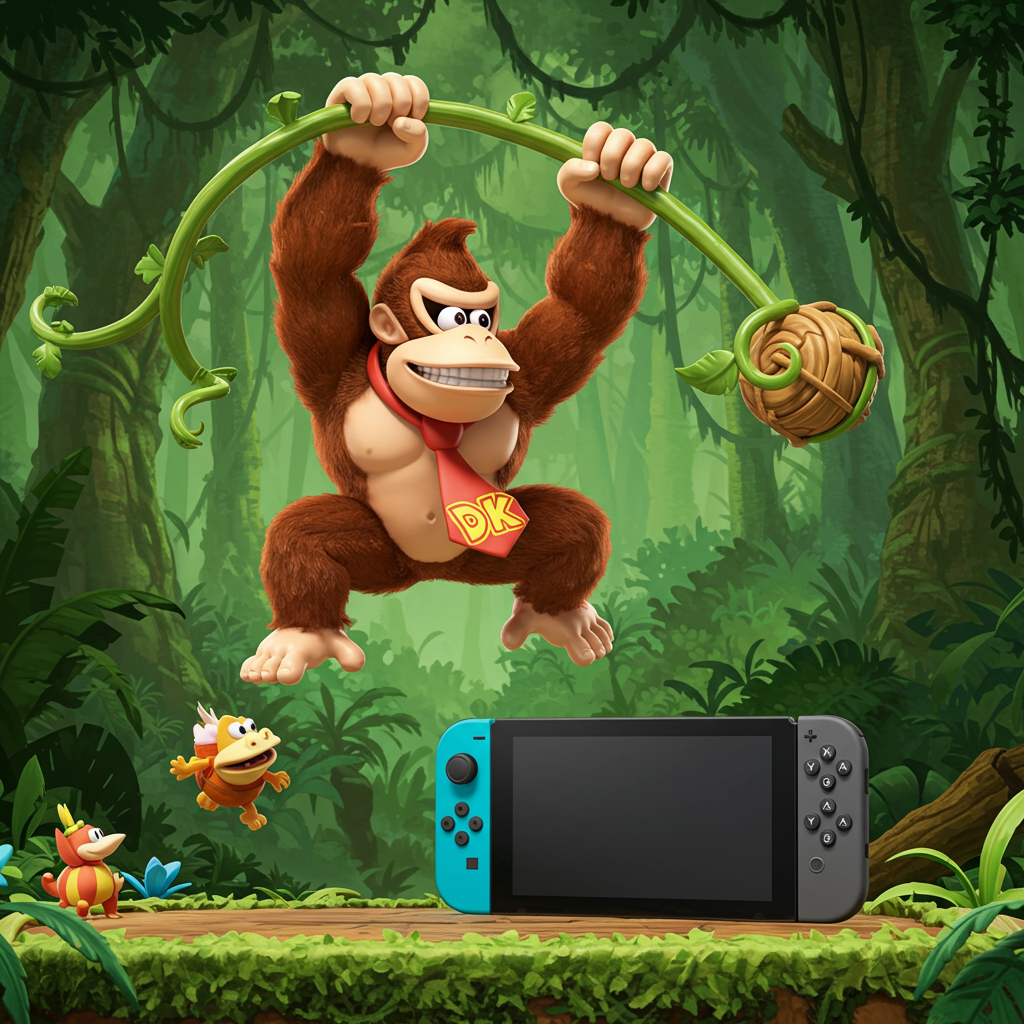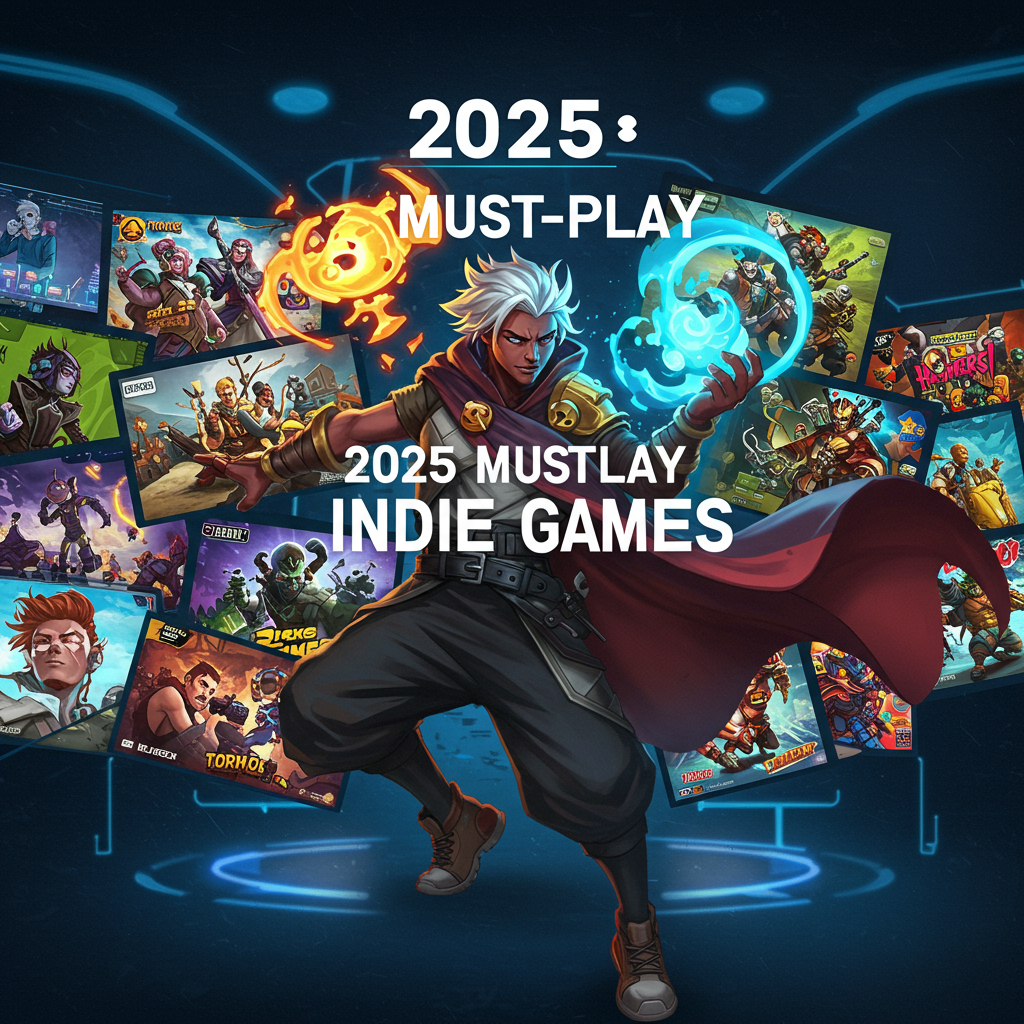Nintendo’s highly anticipated switch 2 console has stormed onto the scene, setting historic sales records. While the initial launch captivated millions, many gamers are eager for impactful new first-party titles to truly showcase the system’s potential. Enter Donkey Kong Bananza, an upcoming action-adventure game featuring Nintendo’s beloved ape. Releasing on July 17, 2025, this title is poised to bring essential genre variety to the Switch 2 lineup and could become the next must-own game the console needs to maintain momentum beyond its record-breaking debut. Developed by some of the creative minds behind the acclaimed Super Mario Odyssey, Donkey Kong Bananza promises expansive exploration, engaging mechanics, and a distinct focus that sets it apart from the current library.
The Nintendo Switch 2 Launch Context
The Nintendo Switch 2 quickly cemented its place in history, selling over 3.5 million units globally within days of release. This remarkable performance underscores immense consumer demand and Nintendo’s continued market dominance. However, the initial game offerings drew mixed reactions, particularly from owners of the original Switch. While the new console boasts impressive backward compatibility, allowing access to much of the vast Switch library with enhanced performance (like The Legend of Zelda: Tears of the Kingdom running at a smooth 60 frames per second), the selection of entirely new, exclusive Nintendo titles felt somewhat limited at launch.
Much of the initial buzz revolved around Mario Kart World, a title bundled with many consoles. While a polished and enjoyable entry in the iconic racing series, some found its new “free roam” mode lacked depth and surprisingly omitted co-op features, which felt like a missed opportunity. This left a gap for a compelling new single-player or co-op adventure distinct from the racing genre. Industry analysts, including Mat Piscatella, noted that while the launch sales were phenomenal, the true test for the Switch 2 lies in the sustained release schedule in the months that follow, especially heading into the crucial holiday season. Donkey Kong Bananza, arriving shortly after launch, is seen as a key piece in Nintendo’s strategy to bolster the summer lineup and bridge the gap towards major holiday releases.
Exploring the World of Donkey Kong Bananza
Donkey Kong Bananza sends players on a vibrant action-adventure journey to the core of Ingot Island. The game’s world feels expansive and colorful, showing clear influences from the design philosophy seen in Super Mario Odyssey. Donkey Kong’s primary quest involves seeking out giant, golden bananas hidden within the island’s subterranean layers. This objective drives exploration and interaction with the richly detailed environments.
A central and highly satisfying gameplay element is the extensive environmental destructibility. Players can unleash Donkey Kong’s powerful attacks, like his signature windmilling arms, to smash through floors, walls, and various obstacles. Treating the game world like a “rage room” is often rewarding, as destroying elements frequently reveals hidden treasures, collectibles, or entirely new paths and areas to explore. Simple puzzles are also integrated, often involving the strategic use of explosive materials found in the environment to clear blockages or defeat enemies.
Pauline’s Pivotal Role
Joining DK on this adventure is a young singer named Pauline, familiar to Super Mario Odyssey players in her adult form. In Bananza, Pauline isn’t just a narrative character; she plays a crucial mechanical role. Her singing abilities are key to unlocking Donkey Kong’s temporary animal transformations, powered by collecting “bananergy” from golden nuggets. These transformations turn DK into various ancient creatures, each granting unique traversal or combat abilities. An ostrich form, for instance, allows DK to glide across gaps. The game features a light leveling system, allowing players to spend points to enhance DK’s core abilities and the effectiveness of his animal transformations.
Pauline is also playable, though her control scheme differs significantly from DK’s. She is constantly positioned on Donkey Kong’s back, meaning her movement is entirely dictated by where the primary player moves DK. While this can feel limiting, particularly during dynamic situations like boss fights, Pauline contributes to combat by absorbing elements from the environment and unleashing them as unique, ‘word-shaped’ attacks. This creates an interesting dynamic, especially in co-op scenarios where communication is essential.
Gameplay Mechanics and Features
Beyond core movement and destruction, Donkey Kong Bananza introduces several layers of gameplay depth. To help players uncover secrets hidden within the destructible world, DK gains a “banana-vision” sonar ability. Performing a ground pound activates this short-range sonar, highlighting buried treasures. This ability can be upgraded through a skill tree, increasing its range and usefulness as players progress. Movement is also enhanced with a double-jump mechanic, often utilized by bouncing off specific rock chunks found in the environment, adding a layer of platforming strategy reminiscent of Super Mario Odyssey.
The game world is designed for extensive exploration and potential backtracking. A multi-level map helps players navigate the island’s depths, and a fast-travel system via checkpoints allows for quick returns to previously visited areas. This setup, combined with acquiring new abilities that grant access to previously blocked sections, hints at ‘DKvania’ elements, encouraging revisits to fully uncover the island’s secrets. Scattered throughout the main levels are side-scrolling challenge stages, similar to the bonus levels found in classic Donkey Kong Country titles or shrines in The Legend of Zelda. These challenges range from traditional 2D segments featuring mine carts and barrels to 3D puzzle sequences.
Progression is tied to a skill tree where players can invest points to improve DK’s stats or abilities. Various in-game shops accept collected currencies like gold or fossils, offering items, consumables, and cosmetic outfits. Some outfits provide buffs or resistances, such as gear for swimming or navigating cold climates, drawing parallels to Link’s diverse tunics in Zelda games.
Co-op, Creativity, and Console Interplay
Donkey Kong Bananza fully supports local co-op, allowing a second player to control Pauline. In this mode, Pauline’s musical abilities can be used to stun enemies, adding strategic depth to encounters. Uniquely, Nintendo has implemented a “GameShare” feature on the Switch 2 that facilitates cross-generational co-op. A player on a Switch 2 can host a local co-op session, with the second player joining on an older, original Switch console. In this specific cross-gen setup, the Switch 2 player always controls Donkey Kong, and the Switch 1 player controls Pauline. While online co-op is available for two Switch 2 players, this cross-generational support is limited to local play, offering a way for players who haven’t upgraded yet to still experience the game with a friend.
Beyond the main adventure, the game includes creative modes like a photo mode and a sculpting mode. The sculpting mode utilizes Joy-Con motion controls, described as similar to the menu interaction seen in Super Mario 64, but with added paint and clay features. This suggests a potential avenue for creativity and may even hint at future Nintendo ideas. Amiibo support is also included; a new Donkey Kong/Pauline amiibo reportedly unlocks a special outfit for Pauline, while existing amiibo provide aid, and specific DK amiibo (like King K. Rool) grant exploding golden KONG tiles, referencing the classic series collectibles.
Why Bananza Matters for Switch 2
Coming nearly a decade after the highly-regarded Donkey Kong Country: Tropical Freeze (2014), Donkey Kong Bananza arrives at a critical time for the Nintendo Switch 2. It represents the first major Donkey Kong-centric release in years and, more significantly, a substantial new first-party action-adventure title following the console’s launch. While backward compatibility ensures a large library, games like Bananza are crucial for defining the Switch 2’s identity and providing experiences specifically designed for the new hardware (even with the cross-gen co-op feature).
The game’s focus on exploration, puzzle-solving, and a unique co-op dynamic fills a niche that wasn’t strongly represented in the initial launch lineup dominated by Mario Kart World and third-party ports. By offering a robust, engaging single-player and local co-op adventure developed by a proven Nintendo team, Donkey Kong Bananza has the potential to be the “heavy hitter” the Switch 2 needs in the summer months. It signals a welcome strategic shift towards classic Nintendo adventure gameplay, distinct from competitive multiplayer, and provides a compelling reason for early adopters to continue engaging with the console while also potentially enticing new buyers who are waiting for more flagship exclusive titles. The game is positioned as a significant step in building the Switch 2’s exclusive library, even as anticipation builds for other major announced titles like Metroid Prime 4: Beyond.
Frequently Asked Questions
What type of game is Donkey Kong Bananza and when does it release?
Donkey Kong Bananza is an action-adventure platformer starring Donkey Kong. It emphasizes exploration, environmental destruction, and puzzle-solving. The game is set to release on July 17, 2025, making it one of the first major first-party Nintendo releases following the Switch 2’s launch.
Can players on an original Switch console play Donkey Kong Bananza?
Yes, players on an original Switch can participate, but with specific limitations. Through the Switch 2’s “GameShare” feature, an original Switch owner can join a local co-op game hosted by a friend on a Switch 2. In this setup, the Switch 2 player controls Donkey Kong, and the original Switch player controls Pauline. Online co-op requires both players to be using Switch 2 consoles.
Why is Donkey Kong Bananza considered an important game for the Switch 2?
The game is seen as important because it provides much-needed genre variety beyond the Switch 2’s initial launch lineup, which heavily featured Mario Kart World and third-party ports. As the first major Donkey Kong adventure since 2014, and developed by veterans of Super Mario Odyssey, it fills a crucial gap for a significant first-party action-adventure title. Its release helps bolster the console’s library in the months after launch and is anticipated to be a key title driving sales and engagement during the summer period.
While the Switch 2’s hardware advancements and backward compatibility are significant, Donkey Kong Bananza represents a vital step in building a library of unique games designed for the new system. Its blend of classic Nintendo charm, modern gameplay mechanics, and strategic post-launch timing position it as a potentially essential title for the Switch 2, offering players the kind of distinct, high-quality experience the console needs to thrive long-term.



